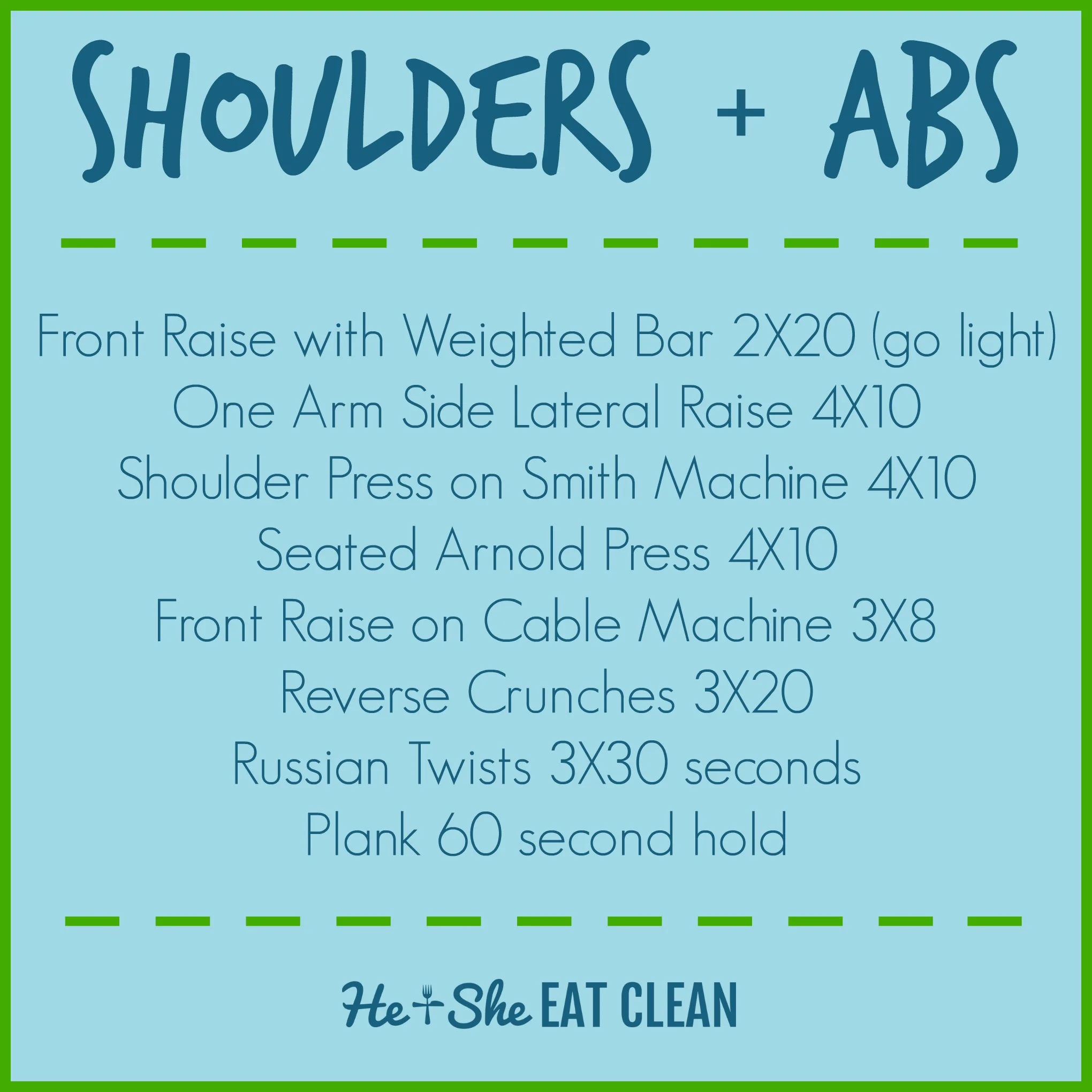Although exercise is great for you it does put stress on your body. Properly warming up, cooling down, and stretching are the most important things you can do before and after any type of physical activity. They are imperative to prevent injury and stiffness. Stretching was, of course, included in our post on ways to prevent running injuries but we wanted to go deeper into stretching. Below you will find stretches you should be doing before and after your run (or any type of cardio activity).
Before your run (dynamic stretches of the body parts you will be using):
- Leg Swings - 10 each leg
- Walking Lunges - 10 each leg
After your run (static stretches of the body parts that you used):
- Knee Flexor Stretch - Place your right foot 1-2 feet in front of your left foot and bend over towards your right knee. Try to keep both legs as straight as possible. Switch legs.
- One-Leg Standing Hip Flexor Stretch - Stand on one foot (holding onto something if you can't keep your balance) and slowly pull the opposite ankle towards your bottom. Be careful to not strain the knee. Switch legs.
- Groin Stretch - Sit on the floor with your knees bent and feet together (soles touching). Slowly bring your feet as close as possible to your body. As you bend over toward your feet, press your knees down with your elbows.
- Seated Hip Adductor Stretch - Sit on the floor with both legs straight, as far apart as they will go. Hold this stretch and reach out towards the center and bend over between your knees. You can also preform this stretch one leg at a time.
- Standing Calf Stretch - Stand on the edge of a platform (stair, curb, etc.) with either one or both heels out past the edge of the platform. Slowly lower and raise heels.
The above list is not all-inclusive but just a few that you should do each time you exercise, even if you can't do any others. Below is a list of additional stretches you should try to incorporate as well.
Need a little extra help with incorporating strength training with your runs? Don't want to think about your workouts? Let us be your personal trainers with our She Sweats 12-week Run Builder and decrease your mile time. It guides your workout each day and has everything you need! Find out more!
Have you been following the 2-week Runner's Event?
Don't miss these posts!
How to Extend the Life of Your Running and Athletic Shoes
Strength Training and Running: Why You Absolutely Should Do Both!
What to Eat Before & After Your Run! Plus, Is Carb Loading Necessary?
Cardio - Explained! Plus, Ways to Mix Up Your Cardio Routine!
FREE Running Apps You Need to Have On Your Phone
4-Mile, 10 Minute Pace Playlist
Motivation to Go the Extra Mile
5 Easy Ways to Prevent Running Injuries
Stretches You Must Do If You Are A Runner
6-Mile Motivator Running Playlist
Tips to Occupy an Older Child During Long Runs
Lacing Your Running Shoes For Fit and Function





































